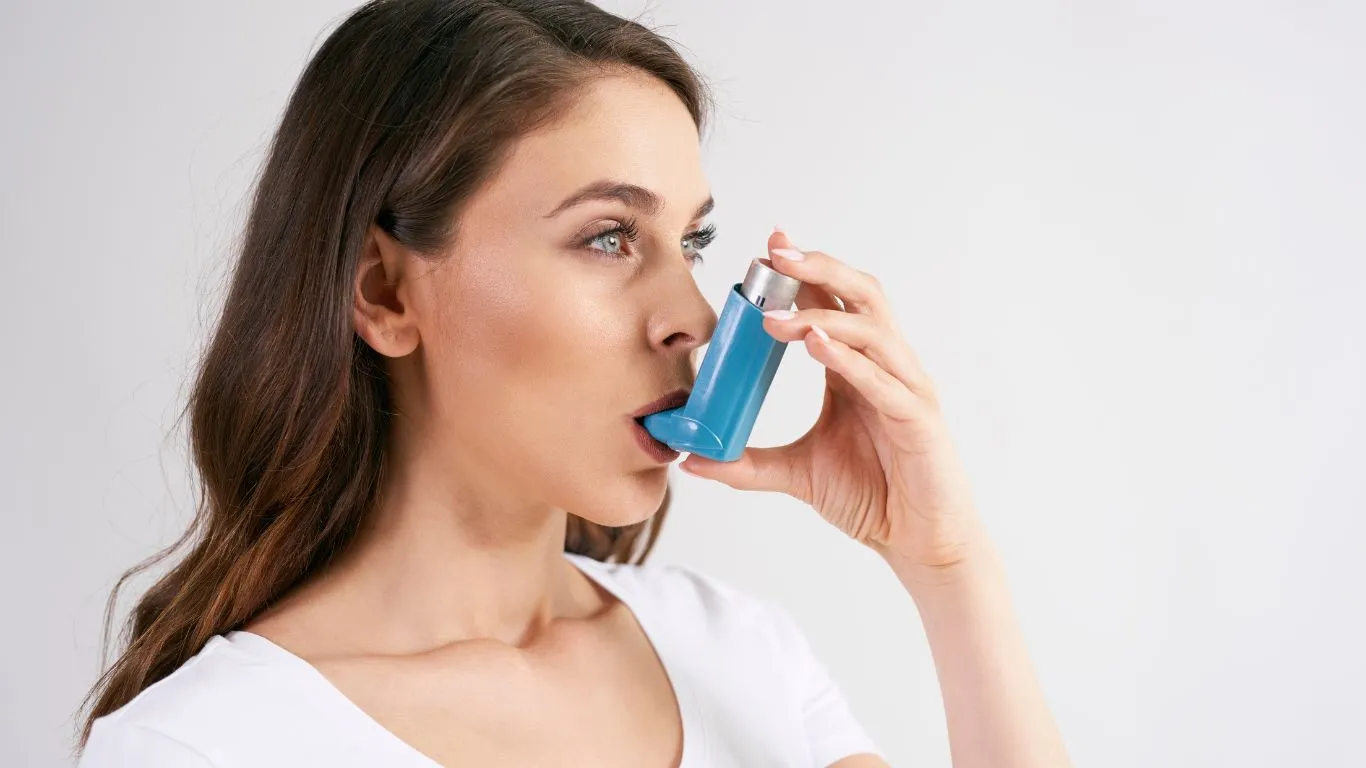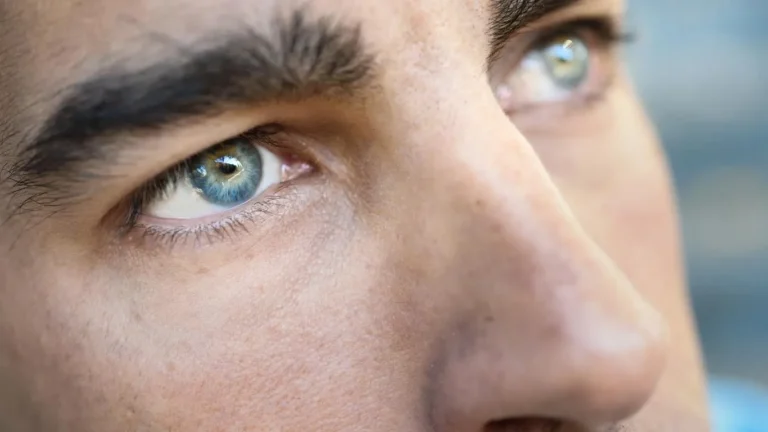The Shocking Impact of Secondhand Smoke on Asthma – Protect Your Lungs!
When we talk about asthma triggers, most people immediately think of pollen, dust, or pet dander. But one of the most insidious and dangerous culprits? The impact of secondhand smoke on asthma. And trust me, as someone who has spent years working with asthma patients, I’ve seen firsthand how even a little exposure can turn breathing into a daily struggle. You don’t have to be the one holding the cigarette for it to wreak havoc on your lungs—just being near it can be enough to send an asthma sufferer straight into an attack. Let’s break down why this happens and what you can do to protect yourself or your loved ones.
Why Secondhand Smoke is a Silent Asthma Aggravator

Here’s the scary truth: secondhand smoke contains over 7,000 chemicals, and more than 250 of them are known to be harmful. When you inhale these toxins—whether at home, in a car, or even outside in a seemingly open space—your lungs are absorbing substances that can instantly trigger inflammation.
From my experience, I’ve seen kids and adults who barely had any asthma symptoms suddenly struggle to breathe after being around a smoker for just a few minutes. It’s not just about the smoke itself, but the lingering particles that settle into clothes, furniture, and even walls.
The Science Behind the Damage
Here’s what happens when someone with asthma inhales secondhand smoke:
- Airway irritation: The chemicals cause immediate inflammation, making the airways narrow and produce extra mucus.
- Heightened sensitivity: If you already have asthma, secondhand smoke makes your lungs even more reactive to other triggers.
- Long-term damage: Repeated exposure can lead to permanent lung function decline, especially in children.
Children and Secondhand Smoke: A Dangerous Combination
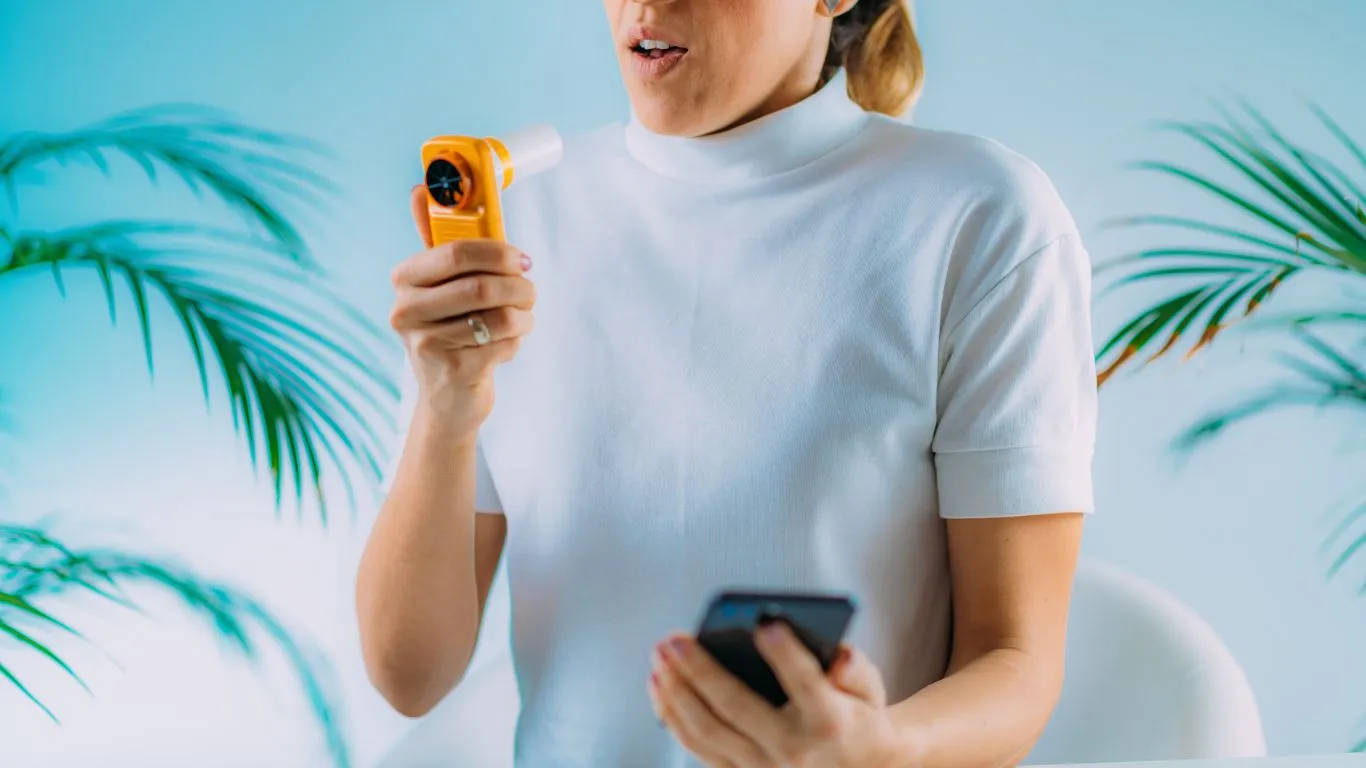
One of the hardest things I’ve had to witness in my career? Watching parents realize that their smoking habits—or those of family members—have been silently harming their children. Children with asthma are especially vulnerable to secondhand smoke because their lungs are still developing. And here’s what makes it even worse:
- Smaller airways mean bigger problems: Kids’ lungs are still growing, making them more susceptible to inflammation.
- Increased risk of severe asthma attacks: Even brief exposure can lead to sudden, severe attacks that require emergency care.
- Higher hospital visits: Studies show that children exposed to secondhand smoke have more frequent ER visits for asthma-related issues.
I can’t count the number of times I’ve had parents tell me, “But I don’t smoke inside the house.” Unfortunately, even stepping outside doesn’t eliminate the risk—those harmful particles stick to clothing, hair, and furniture, continuing to trigger asthma symptoms long after the cigarette is gone.
Secondhand Smoke in Adults: Not Just a Childhood Risk

While children are at high risk, adults with asthma aren’t off the hook either. I’ve seen countless patients in their 30s, 40s, and beyond struggle with worsening asthma simply because of a spouse, coworker, or friend’s smoking habits. Even if you’ve had asthma under control for years, regular exposure to secondhand smoke can:
- Make your inhaler less effective
- Cause more frequent and intense asthma flare-ups
- Lead to permanent lung function decline
One of my patients, a lifelong non-smoker, developed chronic asthma symptoms in her 50s—simply because her partner smoked near her for years. That’s how powerful and destructive secondhand smoke can be.
How Even “Thirdhand Smoke” Affects Asthma
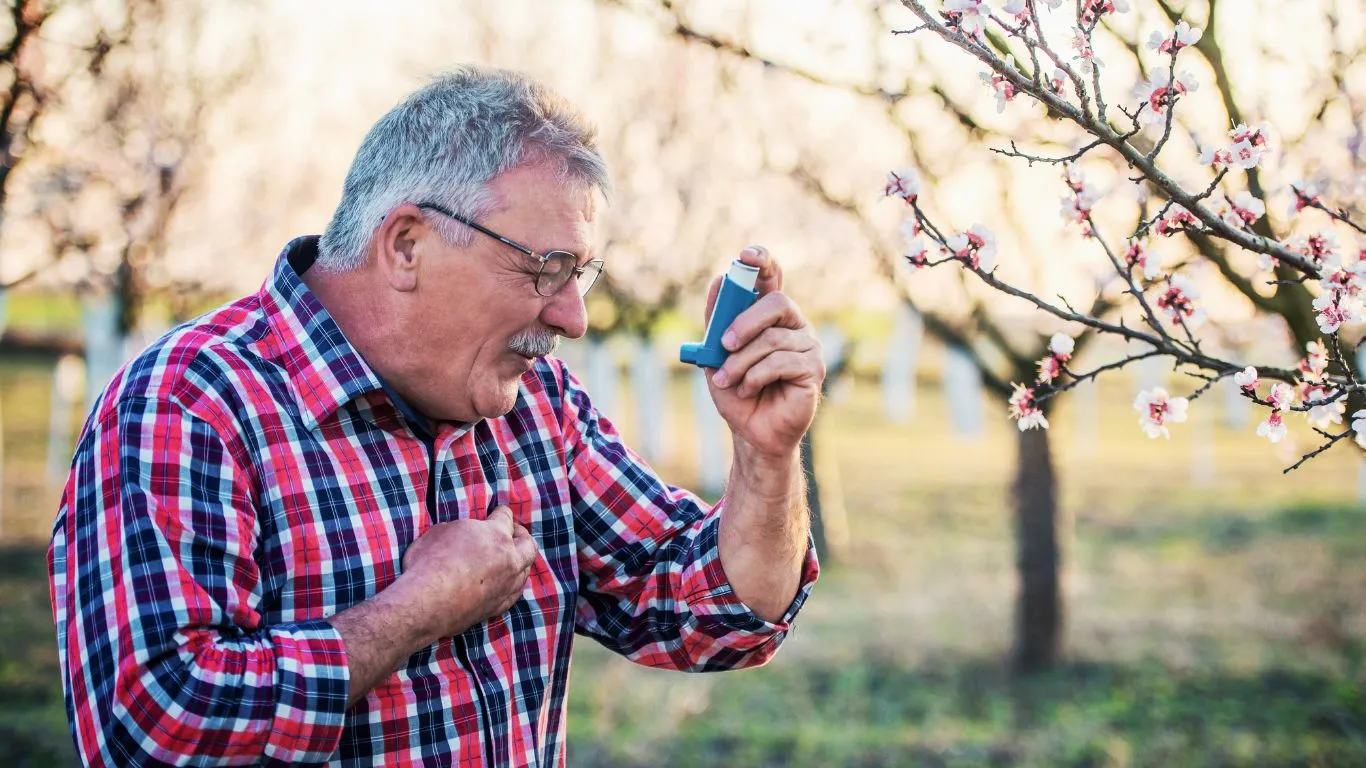
Most people have heard of secondhand smoke, but what about thirdhand smoke? This is one of those sneaky dangers that people don’t think about, yet it’s just as harmful—especially for those with asthma. Thirdhand smoke refers to the toxic residue left behind from tobacco smoke. It clings to furniture, carpets, walls, and even clothing. And here’s the kicker: you can’t just air it out or wipe it away. These particles linger for months, continuously releasing harmful chemicals into the air.
I’ve worked with patients who swore their homes were smoke-free zones, yet their asthma kept flaring up. After some digging, the culprit turned out to be furniture and curtains that had absorbed years’ worth of tobacco toxins. If you or a loved one with asthma spends time in places that have a history of smoking—even if no one smokes there now—you’re still being exposed.
Ways Thirdhand Smoke Triggers Asthma
- Slow-release toxins: These chemicals don’t disappear; they remain embedded in household items, affecting air quality long after the last cigarette was smoked.
- Reactivation by heat and humidity: Warm temperatures or moisture can cause these particles to become airborne again, exposing asthma sufferers repeatedly.
- Increased sensitivity in children: Kids, who often crawl on carpets or touch furniture and then put their hands in their mouths, are especially vulnerable.
One mother I worked with was heartbroken to learn that her son’s asthma was worsening not from active smoke, but from lingering thirdhand smoke in their apartment—left by the previous tenants. It was only after deep cleaning and replacing certain items that his symptoms improved.
How to Protect Yourself from Secondhand and Thirdhand Smoke
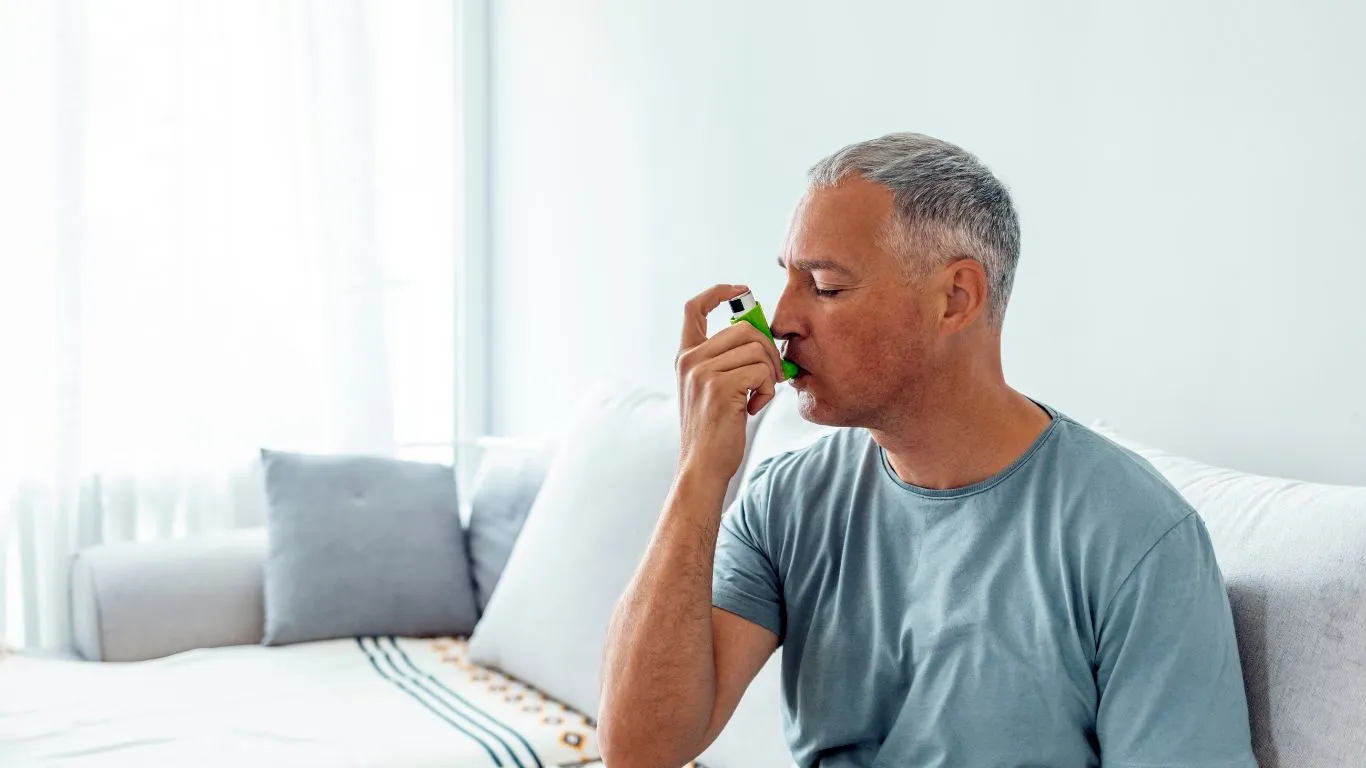
Now that we’ve seen how serious secondhand and thirdhand smoke can be, let’s talk solutions. If you or someone you love has asthma, you must take a proactive approach to minimize exposure. Based on my experience, these are some of the most effective strategies:
Making Your Home a True Smoke-Free Zone
- No smoking inside or near your home: Even stepping outside for a smoke isn’t enough if the particles cling to your clothes.
- Regular deep cleaning: Wash curtains, upholstery, and carpets often to remove thirdhand smoke residue.
- Use air purifiers: High-quality HEPA air purifiers can help remove lingering toxins from the air.
Avoiding Smoke Exposure in Public Places
- Stay away from designated smoking areas: Even outdoor smoking zones can expose you to harmful chemicals.
- Be mindful of rideshares and hotels: Many cars and rooms have a history of smoking, which means lingering toxins.
- Advocate for smoke-free policies: Encourage workplaces and public spaces to enforce strict no-smoking rules.
I once had a patient who kept having unexplained asthma flare-ups at work. After some investigation, we discovered that the designated smoking area was right outside the building’s air intake vent—pulling smoke straight inside! Once the office relocated the smoking area, their symptoms drastically improved.
The Link Between Secondhand Smoke and Asthma in Pregnant Women
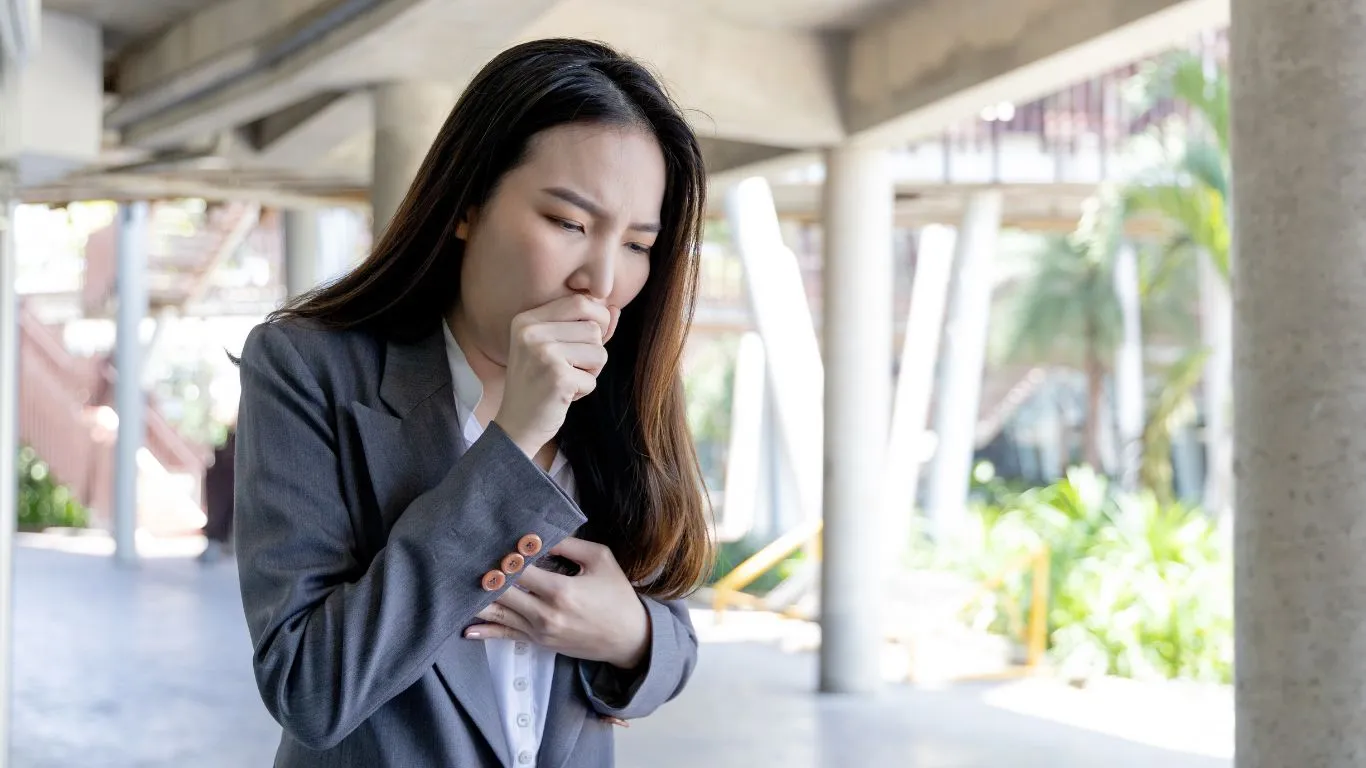
If you’re pregnant and have asthma, secondhand smoke isn’t just a danger to you—it’s a risk to your baby too. Studies show that exposure during pregnancy increases the chances of:
- Low birth weight: Babies exposed to tobacco toxins in the womb are more likely to be born underweight.
- Higher risk of childhood asthma: If a baby is exposed to secondhand smoke before birth, their lungs may develop poorly, making them more prone to asthma.
- More severe asthma symptoms: Children whose mothers were exposed to secondhand smoke during pregnancy often experience more frequent and intense asthma attacks.
I worked with a mom who had never smoked in her life, but her husband did. Even though he tried to be mindful and smoked outside, she still ended up inhaling secondhand smoke daily. Their baby was born with respiratory issues, and by age three, was already dealing with severe asthma. It was a tough lesson that even “occasional” exposure can have lifelong consequences.
Protecting yourself during pregnancy means setting clear boundaries—no exposure is acceptable. If someone around you smokes, they need to understand that your health and your baby’s future come first.
How Secondhand Smoke Worsens Nighttime Asthma
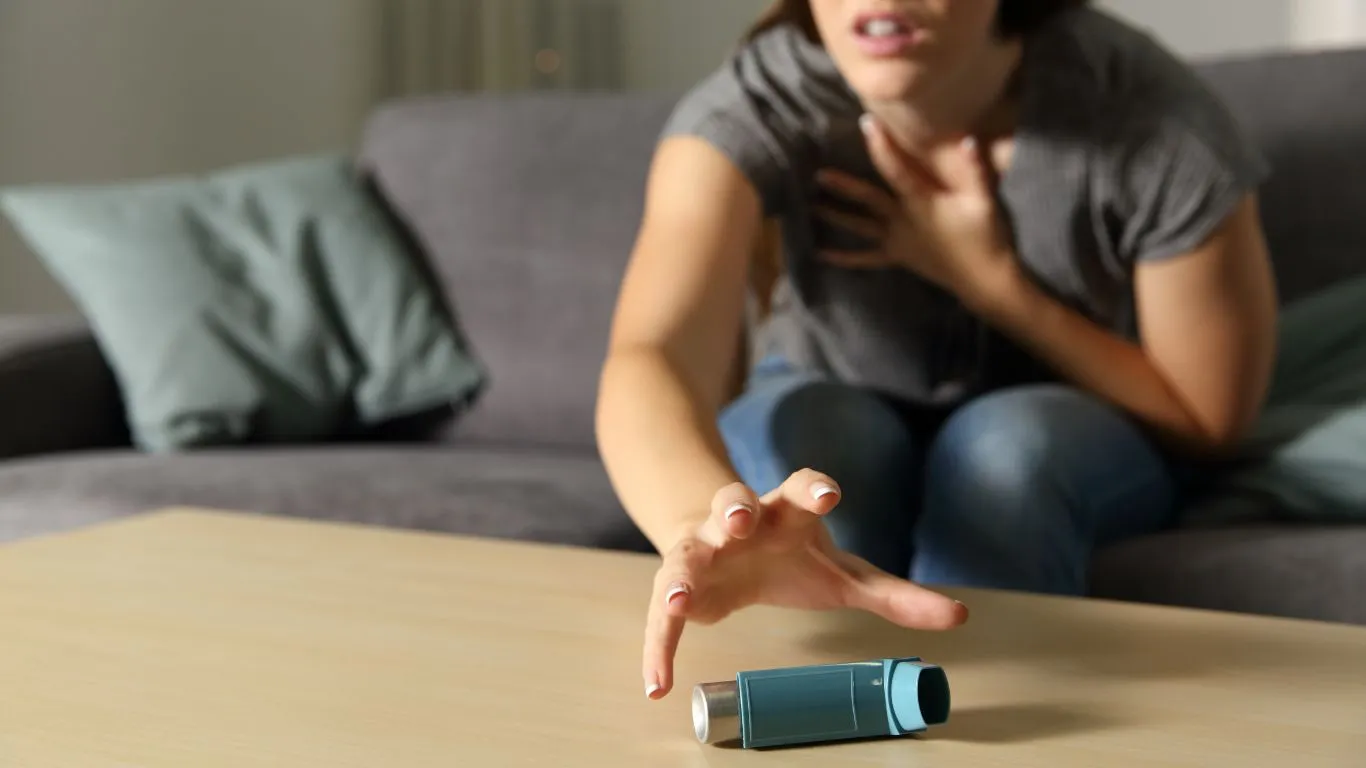
There’s nothing worse than waking up in the middle of the night gasping for air. If you or someone you love has asthma, you probably know exactly what I’m talking about. Nighttime asthma, or nocturnal asthma, is a real struggle for many people, and secondhand smoke is one of the biggest culprits. I’ve had patients tell me they felt fine all day, only to find themselves reaching for their inhaler at 2 AM.
Here’s why it happens:
- Smoke particles linger in the air: Even if no one smokes at night, toxins remain in the environment, irritating airways while you sleep.
- Gravity works against you: Lying down can make it harder for your lungs to clear mucus and irritants, worsening asthma symptoms.
- Reduced nighttime cortisol levels: Your body naturally produces less cortisol at night, which means less inflammation control—bad news if you’ve been exposed to smoke.
One of my patients, a teenager with moderate asthma, had worsening symptoms every night despite taking medication. After investigating, we found out his father smoked on the back porch in the evenings. The problem? The smoke would seep through open windows, trapping harmful particles inside the house. Once they made the home completely smoke-free, his nighttime asthma improved significantly.
What to Do If You Can’t Avoid Secondhand Smoke Completely
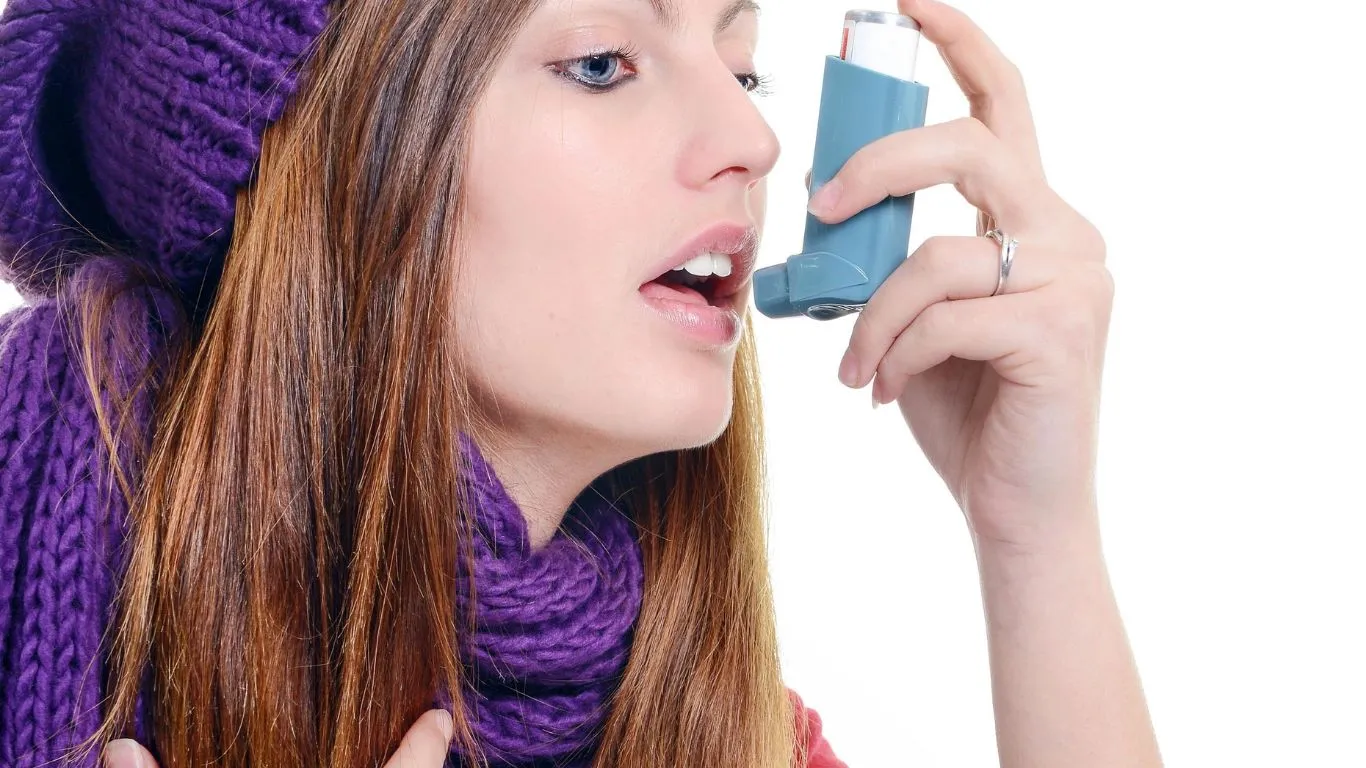
Ideally, we’d all be able to live in a completely smoke-free environment. But let’s be real—sometimes avoiding secondhand smoke isn’t that easy. Whether it’s a smoking roommate, a workplace issue, or a family gathering, exposure can feel unavoidable.
That doesn’t mean you’re powerless. Here are some things you can do to minimize the impact of secondhand smoke on asthma:
Personal Strategies
- Wear a mask: If you can’t avoid exposure, a high-quality mask (like an N95) can help filter out some toxins.
- Shower and change clothes after exposure: Smoke sticks to hair, skin, and fabric, so wash it off as soon as possible.
- Use a saline rinse: A nasal saline rinse can help remove inhaled irritants and reduce inflammation in your airways.
Making Your Environment Safer
- Keep windows and doors shut when smoke is present: Prevent toxins from drifting into your home.
- Invest in an air purifier: A high-quality HEPA air purifier can help remove airborne pollutants.
- Communicate with others: If a friend, roommate, or family member smokes, kindly explain how it affects your health and ask them to smoke away from shared spaces.
One of my older patients lived in an apartment complex where her neighbor smoked right outside her window. She started using an air purifier and sealing any gaps where smoke could enter, and within weeks, she noticed a huge improvement in her breathing.
Long-Term Consequences of Secondhand Smoke Exposure
We’ve talked a lot about the immediate effects of secondhand smoke on asthma, but the long-term impact is just as concerning. Even if exposure is occasional, over time, it can lead to serious health issues.
Health Risks for People with Asthma
- Permanent lung damage: Chronic exposure can lead to scarring and reduced lung function.
- Increased risk of COPD: Long-term secondhand smoke exposure raises the risk of developing chronic obstructive pulmonary disease (COPD), even in non-smokers.
- Higher risk of respiratory infections: Smoke weakens the immune system, making asthma sufferers more prone to infections like pneumonia.
It’s heartbreaking to see young kids with asthma develop more severe respiratory conditions simply because of secondhand smoke. I’ve met teenagers who started experiencing early signs of COPD because they spent years exposed to smoke at home. The effects don’t just disappear when the exposure stops—the damage can last a lifetime.
Final Thoughts: Fighting for a Smoke-Free Future
Secondhand smoke is more than just a nuisance—it’s a serious health threat, especially for those of us dealing with asthma. The good news? Awareness is growing. More public spaces are going smoke-free, and more people are recognizing the dangers of exposure.
If you have asthma, the most important thing you can do is advocate for your own health. Set boundaries, educate those around you, and take proactive steps to protect your lungs. And if you’re a smoker? The best gift you can give to yourself and your loved ones is to quit.
References
- Centers for Disease Control and Prevention (CDC)
- American Lung Association
- World Health Organization (WHO)
Disclaimer
Medical Disclaimer: This article is for informational purposes only and should not be considered medical advice. If you have asthma or other respiratory conditions, consult a healthcare professional for personalized guidance. Never ignore professional medical advice or delay seeking treatment because of information you read here.

Bianca Nala is a compassionate Nurse Practitioner with a strong background in primary and respiratory care. As a health writer for Healthusias.com, she combines her clinical expertise with a talent for clear, relatable storytelling to help readers better understand their health. Bianca focuses on topics like asthma, COPD, chronic cough, and overall lung health, aiming to simplify complex medical topics without losing accuracy. Whether she’s treating patients or writing articles, Bianca is driven by a single goal: making quality healthcare knowledge accessible to everyone.
